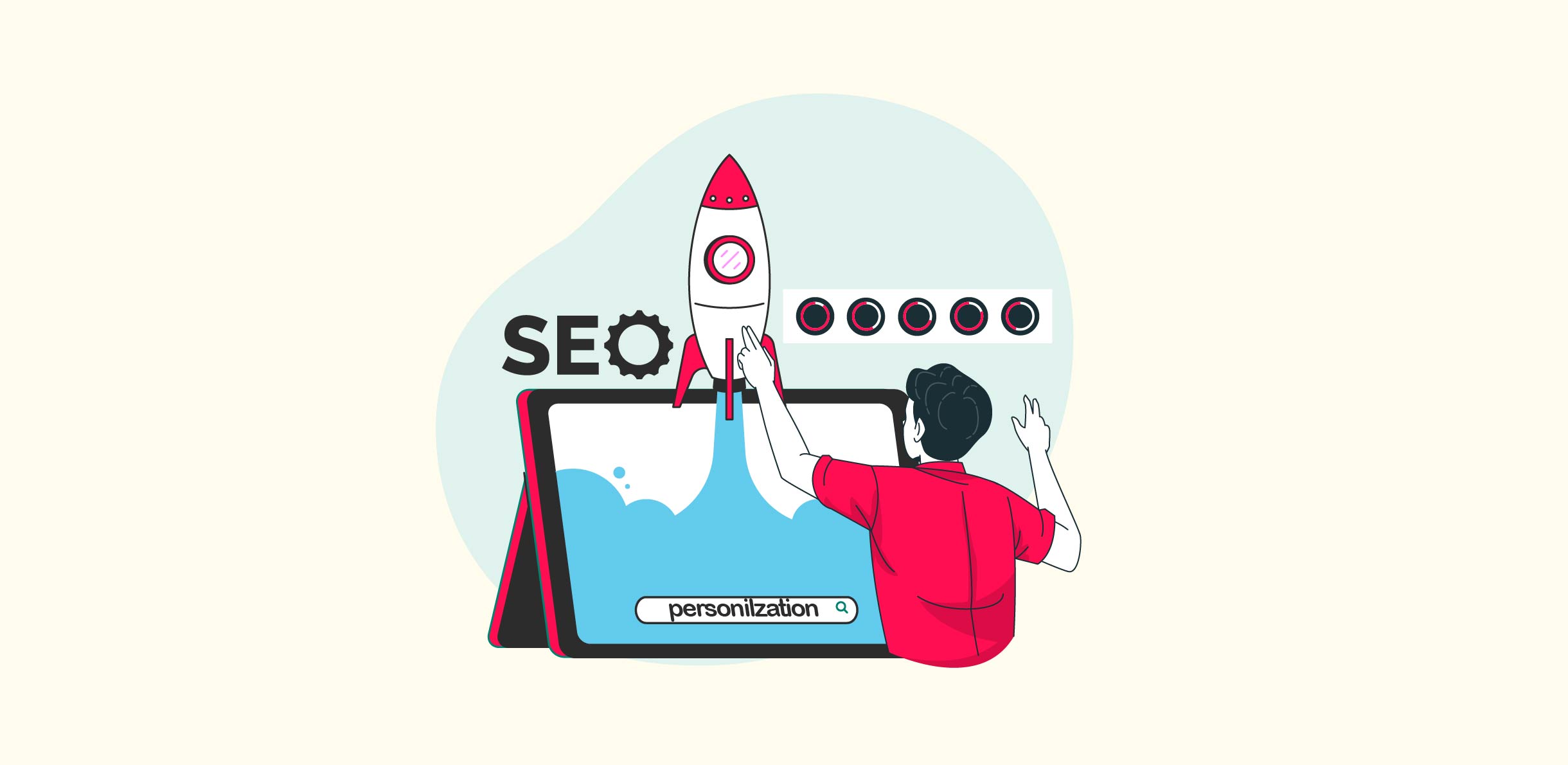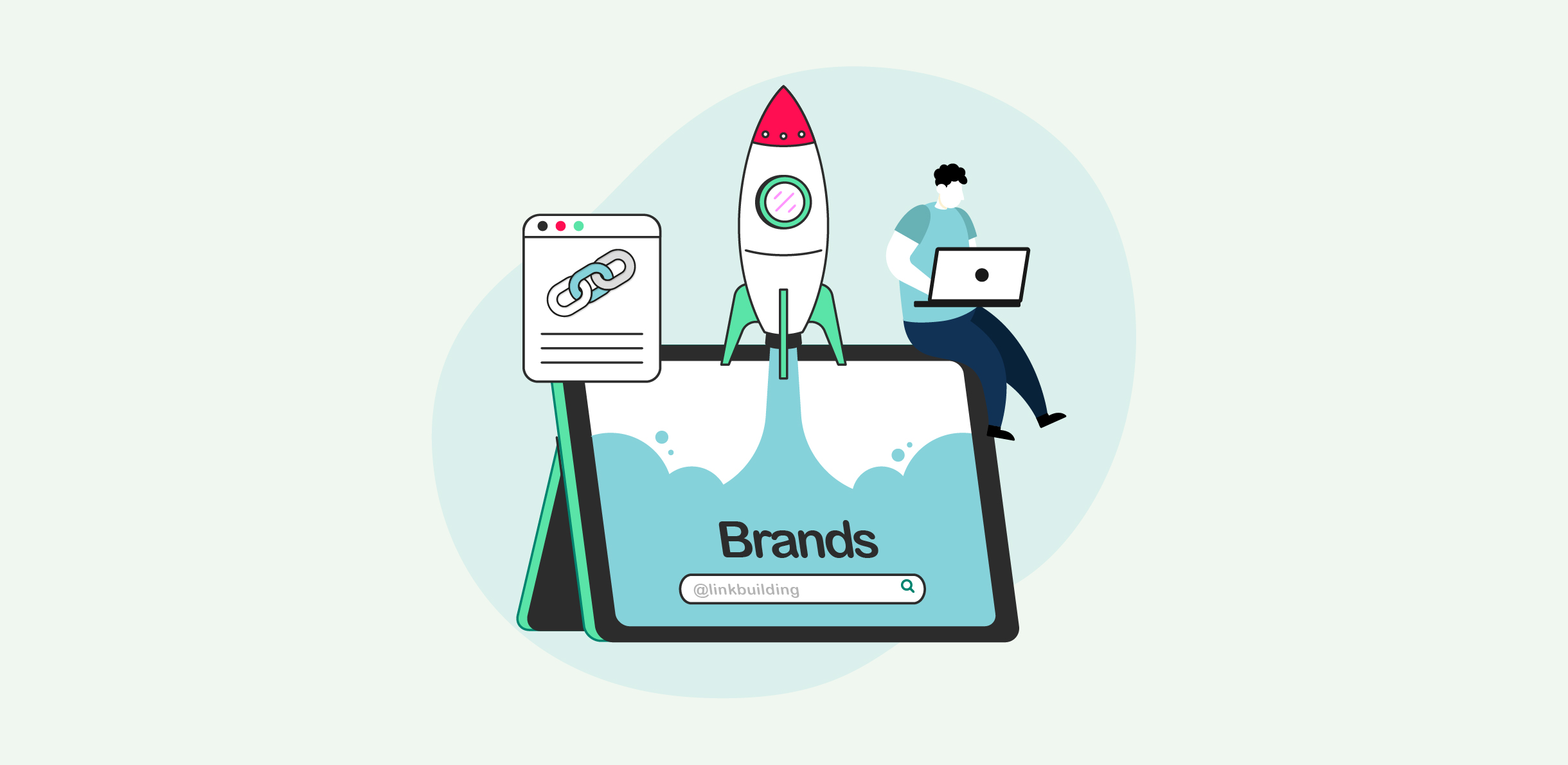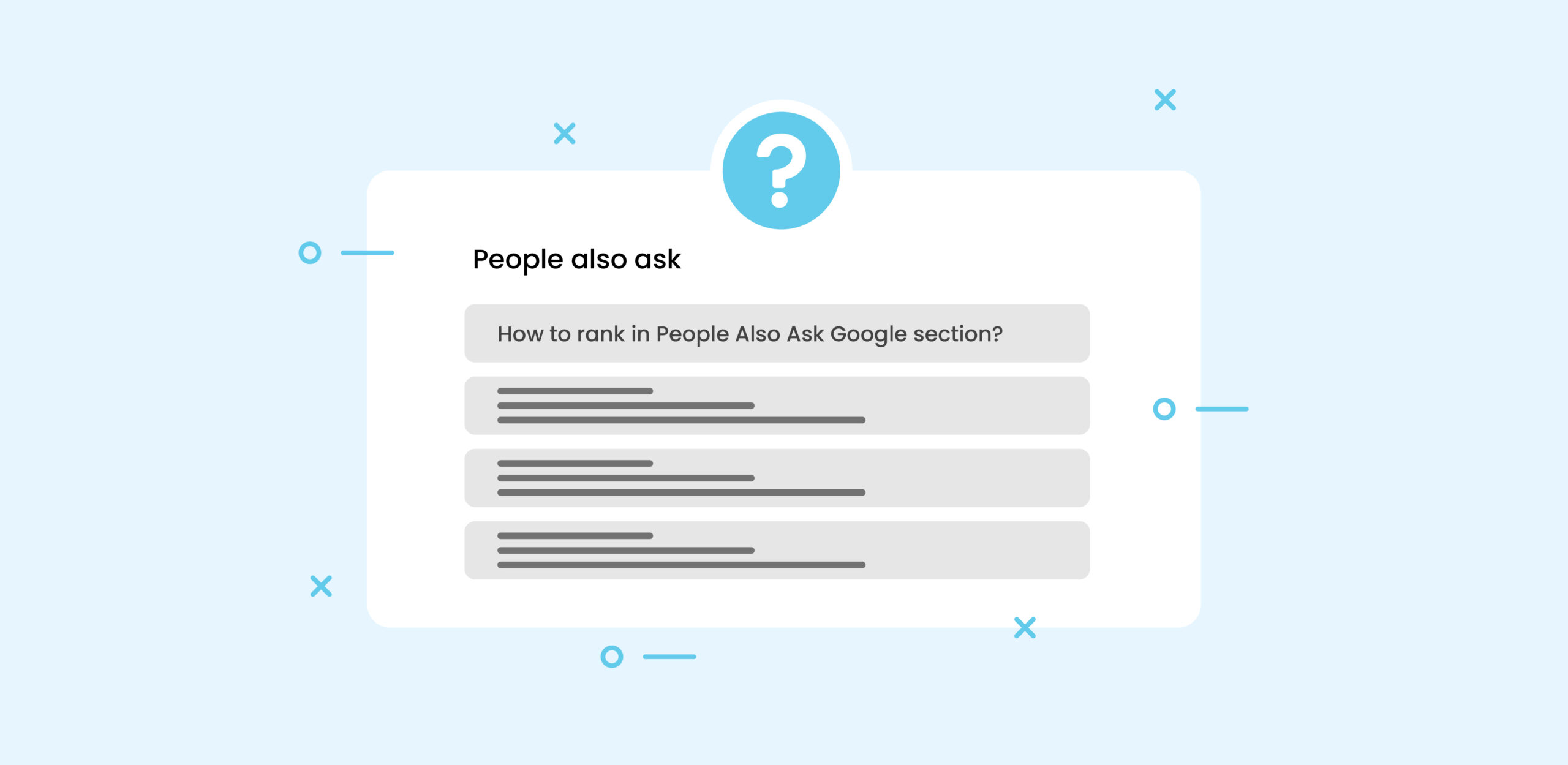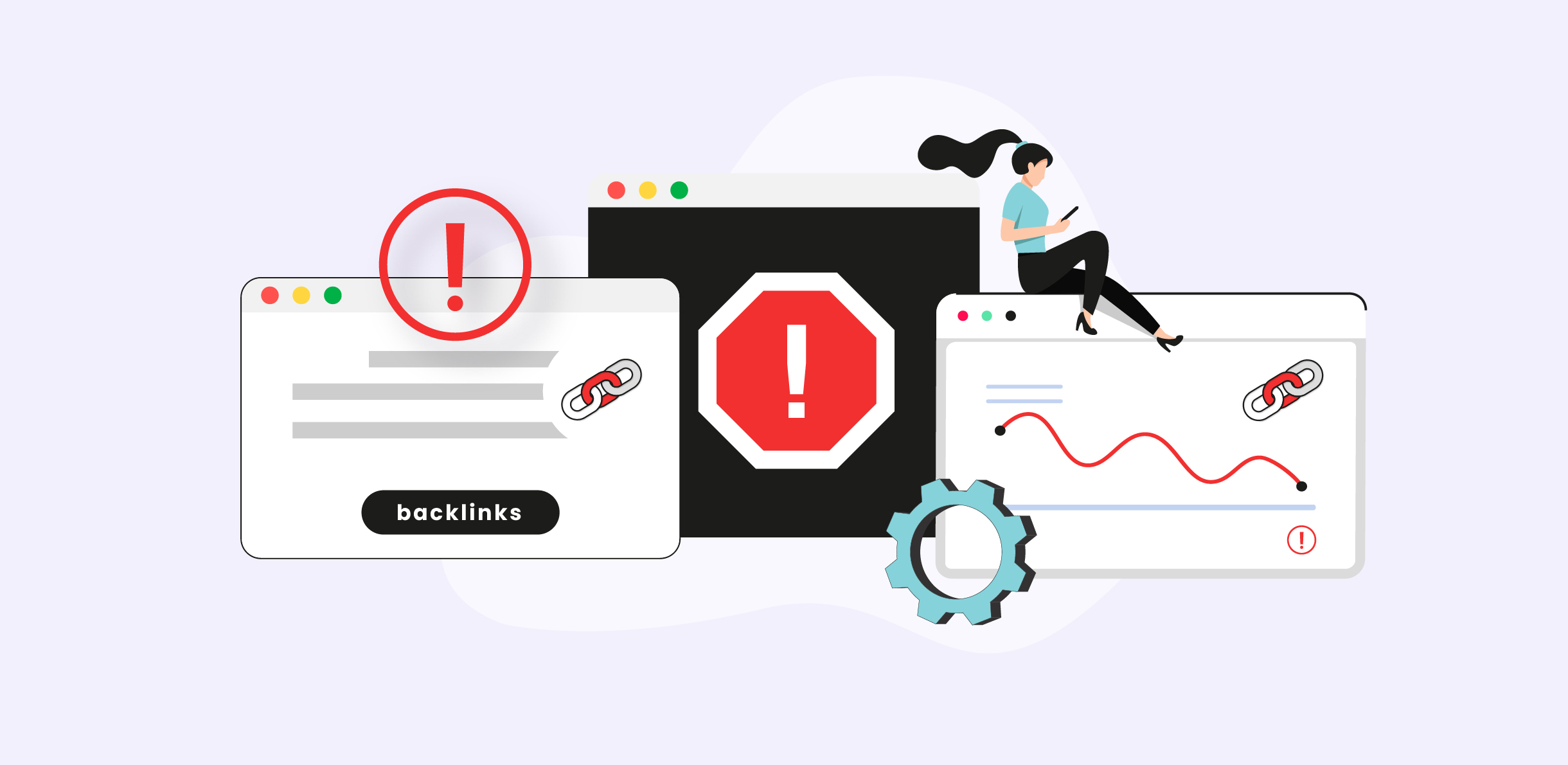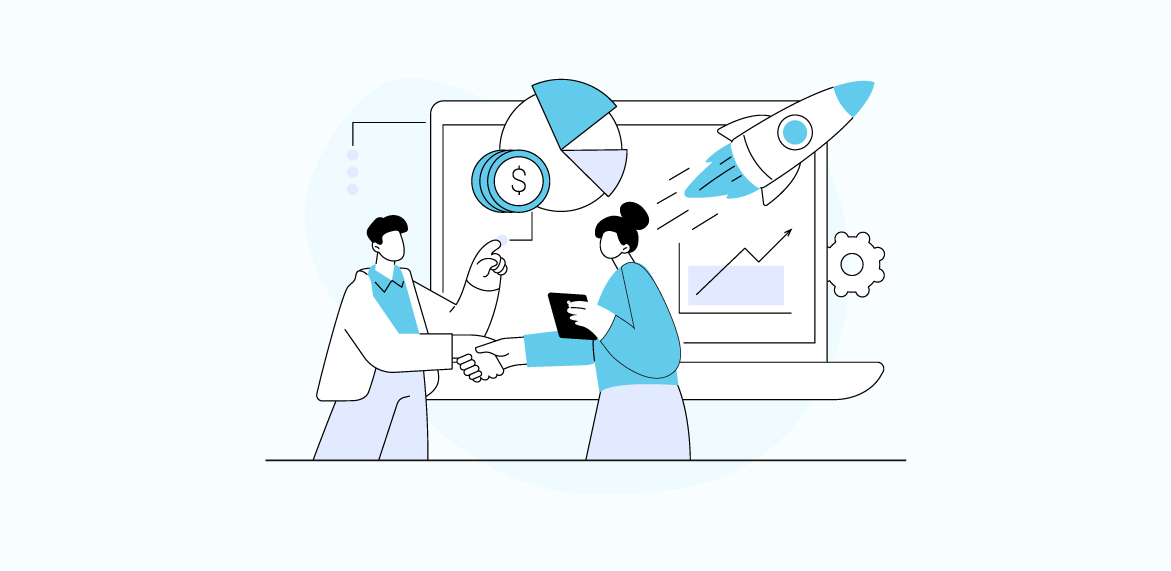How does personalization affect SEO and rankings? Search engines are placing great emphasis on user experience. To cater to this, website owners and marketers providing users with personalized experiences need to tailor content for factors like language, search intent, and location. This is because personalization can enhance user satisfaction, boost time on site, and decrease the bounce rate.
Think of platforms like Spotify or Netflix. When you log in, you get suggestions tailored just for you. That is the power of personalization, and the same principle applies to websites. By offering customized experiences, businesses can boost user engagement, foster customer loyalty, and make customers feel valued. This ultimately leads to higher sales. Research indicates that as the trend for personalized experiences grows, 91% of customers are more inclined to purchase from brands that offer tailored recommendations.
A customized SEO strategy that includes website personalization can enhance website rankings and user interaction while increasing revenue.
What is Website Personalization?
Website personalization is the process of changing the website’s design and content based on the preferences and interests of your target audience. If you have ever wondered how does personalization affect SEO, you need to align your content with what users actually want to see. The idea is to present the right message to the right person at the right time through the development of a dynamic experience that facilitates intended viewers. This technique can make your search personalization strategy work better.
Websites utilize user data for website personalization, as it allows them to consider the requirements of target users and provide them with the specific type of content that meets their needs. This is done by:
-
Customized content display
The website content can vary according to a user’s previous on-site interactions, location, and demographics. A financial services website might, for instance, present simple, fast loan options to a user interested in small amounts and tools for long-term financial planning to another user interested in larger sums.
-
Product or article suggestions
Similar to what e-commerce sites like Amazon do, a website can recommend products and content pieces based on what a user has previously viewed or purchased. This can make the user journey more engaging and entice them to explore further on the website.
-
Alter the layout, images, and exclusive offers
The site can modify/redesign the visual display in accordance with what has worked well for users previously to make the experience more appealing and relevant.
This can simplify the user’s journey to purchase, helping them find what they need faster and effectively.
How Does Google Personalized Search Work?
It is important to know that personalized search happens even before the user visits your website. Search engines like Google, which has 94% of the search engine market share, use advanced algorithms to deliver customized SEO results. This is an important aspect of search personalization.
Google displays the most relevant content to each user by considering various factors like location, search histories, and even device. Understanding how personalization affects SEO helps explain why these search results differ. Personalization fine-tunes what each user sees, directly influencing visibility on SERPs. That is why two individuals looking for the same term can end up with different personalized search results. According to SEOClarity, the key driver for personalization is machine learning models that match users’ intent.
Google optimizes personalization to show the most accurate and relevant results for every user’s search query. Hence, your site’s visibility on the SERPs is dependent on both the keywords and how users interact with your content compared to other pages.
https://www.coveo.com/blog/delivering-search-personalization-with-user-intent/
How Personalization Improves SEO
Personalization can make the user journey more appealing and relevant, which can send positive signals about your website to the search engines and help improve your rankings.
The Positive Impact: Better Engagement Signals
Although personalization doesn’t have a direct impact on improving a site’s ranking, it does have an indirect effect on engagement metrics that are important Google ranking factors, like bounce rate, time on site, and pages per session.
-
Reduced Bounce Rate
When users find a website relevant, they are more likely to interact and less likely to leave after viewing just one page. E-commerce sites show products based on users’ past purchases and browsing history, which makes them feel valued and understood. According to research, personalized search results reduce the bounce rate by 11.21%. For SEO, this is a strong positive signal that your page matches intent.
-
Increased Time on Site
Personalized content keeps the users invested in your site. You will naturally stay longer on a travel website that displays hotel deals in your city rather than generic offers. According to data, the average “time on site” for the top ten URLs on Google is 3 minutes and 10 seconds. A website can achieve or even exceed this benchmark with personalization.
-
More Pages Per Session
Users browse a website more when they are shown relevant product suggestions. Another way to encourage users to explore your website is through internal links. For example, when users are shown relevant articles based on their recent reading, it automatically leads to an increase in the number of pages per visit. By distributing the ranking signals through the website and improving the user experience, internal linking can enhance the performance of multiple pages across the website.
These metrics merge into a broader concept that is highly valued by search engines: dwell time. This is the time between a user clicking your link on a search results page and returning to the SERPs. Usually, a long dwell time tells Google that the user’s query was answered on your page.
As Nick Frost, Head of Google Brain, confirmed, Google uses machine learning to understand “the relationship between when someone clicks on a page and stays on that page” to help determine rankings.
This answers a major aspect of how personalized search affects SEO. By improving the user experience, you send positive signals to the SERPs that your content is valuable. To learn more about how to measure SEO success, watch this video.
Best Practices: Synergizing SEO with Personalization
To achieve synergy between SEO and personalization, a custom SEO strategy is required that incorporates user-tailored experiences while adhering to all best practices. These strategies help you understand how does personalization affect SEO and how it can be used to improve engagement and rankings.
-
Focus on the User
Ultimately, both SEO and personalization are all about providing users with useful and relevant content. You will naturally produce a website that both people and search engines like if you keep the user at the center of your strategy. This results in positive user engagement metrics like increased time on site and lower bounce rates, and indicates to search engines that your site offers valuable content, which can lead to higher rankings eventually.
-
Prioritize Page Speed
As site speed is an important ranking factor, you should optimize your site for faster speed by using strategies like caching and asynchronous loading so that personalization scripts do not slow down the loading of the main content. Another trick to improve page speed is server-side personalization, in which modifications are made on the server before the page is viewed by the browser. This way, search engines can crawl the optimized version while the visitor has a quick and smooth experience.
-
Custom Product Recommendations
This involves recommending similar products or articles to what a visitor has previously seen or bought, based on information obtained from the CRMs or on user interests. These personalized recommendations are usually found with titles like “Most Purchased Products” or “You Might Also Like.” For best results, they should be placed high on the page, also known as “above the fold,” as users hardly ever scroll to the bottom. Users who interact with these recommendations are twice as likely to convert and browse 5.83 more pages.
-
Personalized Welcome Messages
Personalized messages make the overall experience special and tailored to each individual. Websites accomplish this by altering the layout, images, or special offers according to data on what worked well for similar users, or by tailoring greetings according to variables like the time of day. Personalization can also be based on the user’s geographic location, which allows images to appeal better to audiences in a particular area. Personal discounts and offers strengthen the brand loyalty and customer trust. Moreover, the use of tailored CTAs, often driven by behavior analytics, directs users to the next logical step, which increases the likelihood of conversion.
-
Create Dynamic Content
This allows the website to show content that varies according to certain parameters like a user’s demographics, location, or previous on-site behavior, and requires creating a dynamic journey that ensures the right message is shown to the right person at the right time. However, dynamic content and the use of personalized elements should not make the website crowded and complex, as it can affect the user journey. Hence, only sections that the users will actually find helpful should be customized.
The Future of Personalization and SEO
Developments in artificial intelligence and machine learning will have a significant impact on SEO and personalization in the future. Even more successful personalization tactics will be made possible by these technologies as they develop. Imagine a world where artificial intelligence is capable of providing a fully tailored experience to each user based on their needs.
However, with great power comes great responsibility. Long-term success will be dependent on having a balance between growing privacy concerns and advanced personalization. Simultaneously, the search engines will continue to evolve and give more personalized search results. Hence, to stay ahead of the competition, businesses need to focus on creating meaningful content that resonates with the audience, and they should use personalization to improve the user experience and not hamper it.

